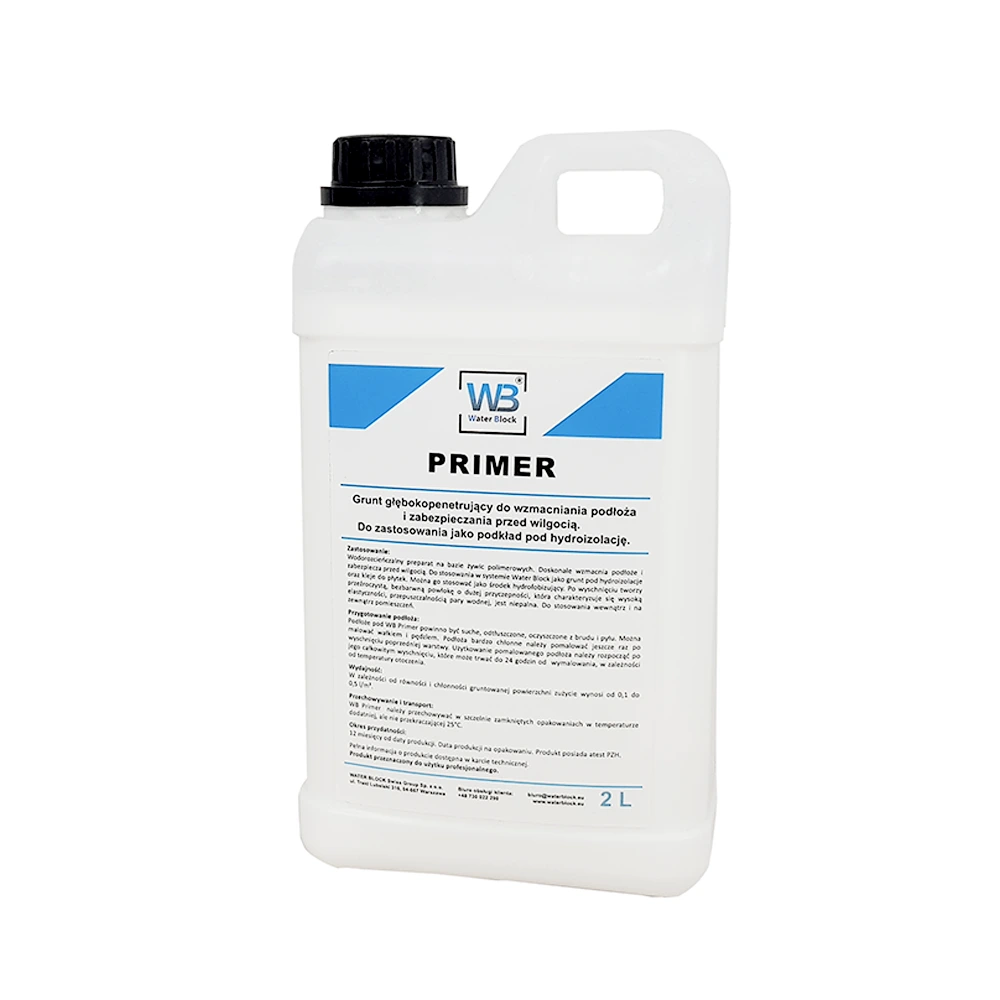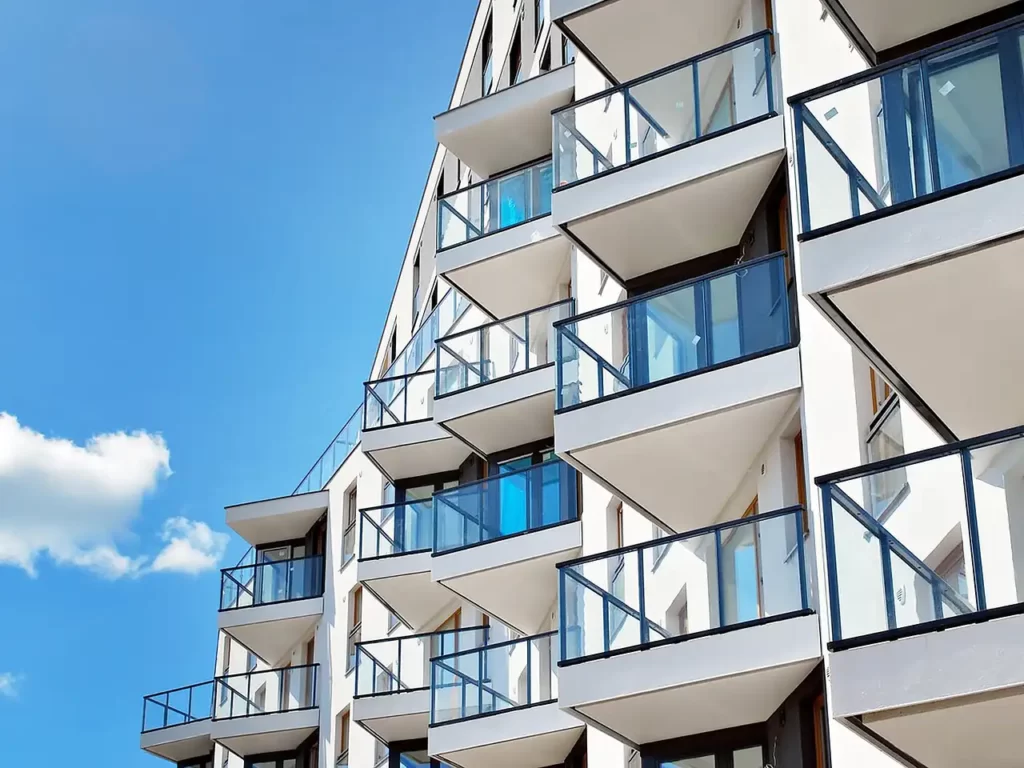To do this, it is worth using modern materials that are adapted in terms of formulation to their task. In order to carry out the process of protecting the balcony against water and dampness, it is advisable to follow the correct sequence of work. In this way, the insulation of balconies and terraces will effectively protect the structural elements against water.
Work sequence for waterproofing a balcony
- Prepare a concrete slab with a slope. For this you can use material WB FAST FLOOR
- Prime the substrate with primer WB PRIMER
- Tape in the corners and at the joints with the drips WB TAPE PRO.
- Apply the waterproofing ( WB DUO FLEX - WB MEMBRANE - WB 2K )
- Use your preferred finish (tiles on glue, boards on adjustable feet or composite decking. Remember to use the correct adhesive and grout for bonding the tile cladding. WB FLEX GLUE and WB FUGE FLEX is an adhesive and grout designed for such demanding areas.
How it goes balcony insulation step by step? Highlights in a nutshell
The adventure of insulating a balcony should begin with waterproofing the balcony slab. Before this, it must be properly insulated on all sides. An uninsulated concrete element will generate a thermal bridge and cool the building significantly.
On top of the upper layer of thermal insulation, we pour a concrete mortar sloping layer o the side plinths and the underside of the balcony can be finished, for example, in a light-wet façade.
For reliable waterproofing, both of new and existing buildings, the use of modern materials with high quality and flexibility is essential. They guarantee watertightness and are resistant to frost, ageing and adverse weather conditions.
Why waterproof a balcony?
Waterproofing a balcony is crucial for several reasons that affect the durability, safety and comfort of the balcony space. Here are the most important of these:
- Protection against moisture: Waterproofing protects the balcony from the ingress of rainwater, which protects it from the damaging effects of moisture. Without adequate protection, water can penetrate the balcony structure, causing cracks and damage.
- Prevention of leakage: Good waterproofing prevents leaks that can lead to flooding in the rooms below the balcony. This is particularly important for balconies over the living room, kitchen or other important rooms.
- Avoiding corrosion and mould: Moisture promotes the growth of mould, fungi and the corrosion of metal components (e.g. railings). Waterproofing reduces this problem, protecting the health of residents and the aesthetics of the balcony.
- Improving the durability of structures: Waterproofing increases the lifespan of the balcony structure by protecting the building materials from degradation caused by water. This allows the balcony to last for many years without the need for costly repairs.
- Cost savings: Investing in waterproofing a balcony is more cost-effective in the long term than repairing damage caused by a lack of water protection. It prevents costly repairs and maintains the value of the property.
- Comfort of use: A dry and well-protected balcony is more comfortable and safer to use. Problems with wet floors or slippery surfaces are avoided, which is important for the safety of users.
Waterproofing a balcony is essential to ensure the durability, functionality and aesthetics of this space, while protecting the structure of the building and the health of its occupants.
How to properly insulate a balcony? Expert advice
Before laying the waterproofing itself, we need to protect the substrate with WB PRIMER primer. Priming is important for two reasons, firstly by priming we waterproof the concrete and secondly we create a bonding layer for the waterproofing (the waterproofing adheres much better to the primed surface).
When securing the balcony, it is extremely important to pay attention to sensitive areas such as all corners and the joints between the flashings and the concrete. We need to know that new buildings take a long time to settle and the building structure works hard.
In the first instance, there is a lot of cracking at the joints of the structure and this can lead to cracks in the waterproofing. Old buildings are also affected, as the laws of physics and harmful weather conditions continue to act on them. When temperatures change, concrete expands and then contracts, which also leads to cracks and fissures.
The solution to such situations is to use reinforcing and sealing tape WB TAPE PRO. WB TAPE PRO not only has reinforcing properties, but unlike many other tapes on the market, it is waterproof. If a crack occurs and the waterproofing fails, the tape will protect the building from water penetration. Tape should be laid on all corners and joints with drip caps. If the balcony is large and there are expansion joints, these should also be taped.
It is also important to remember that it is worth using solutions that are part of a single system. This ensures full compatibility of the individual components and eliminates the possibility of adverse chemical reactions between the products.
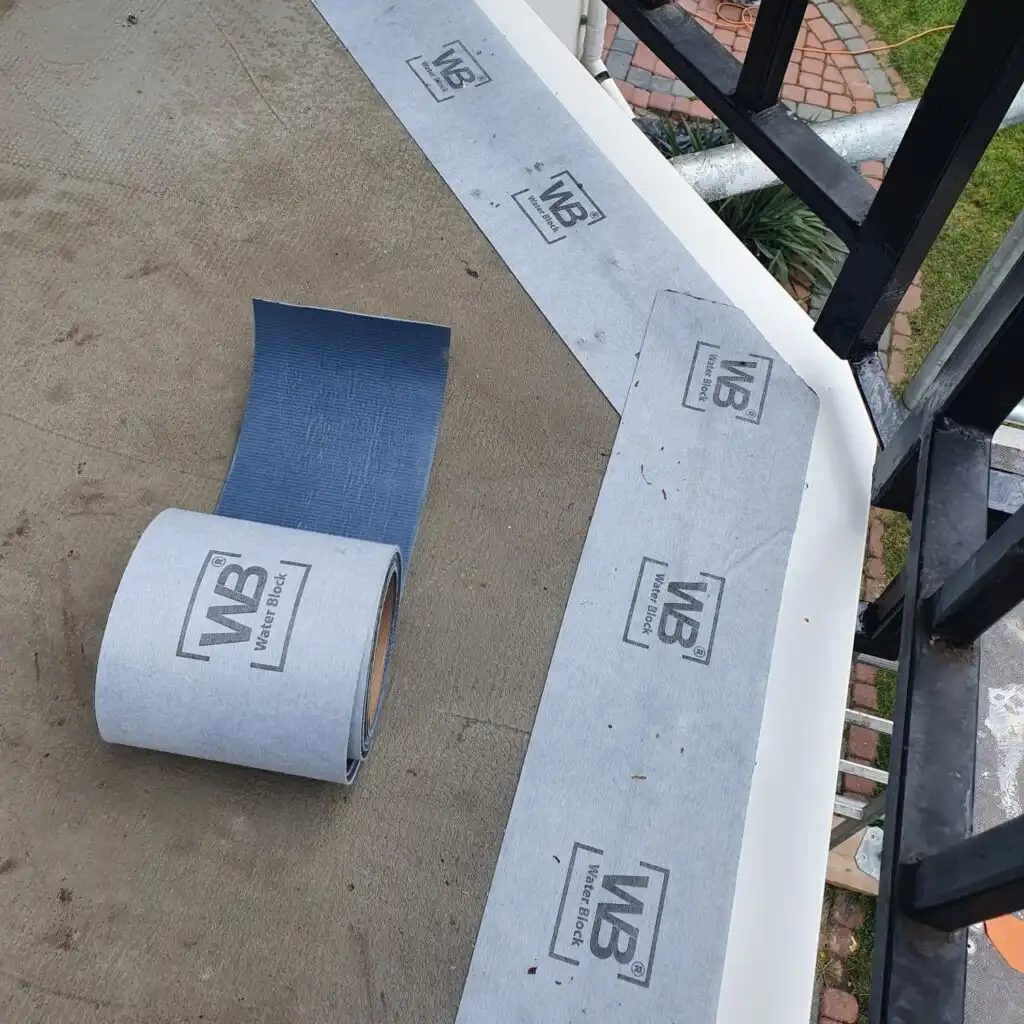
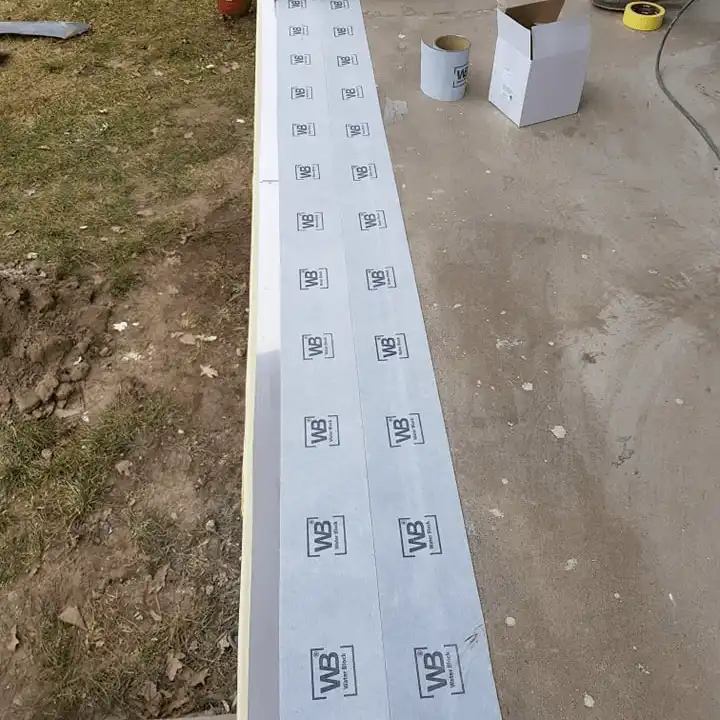
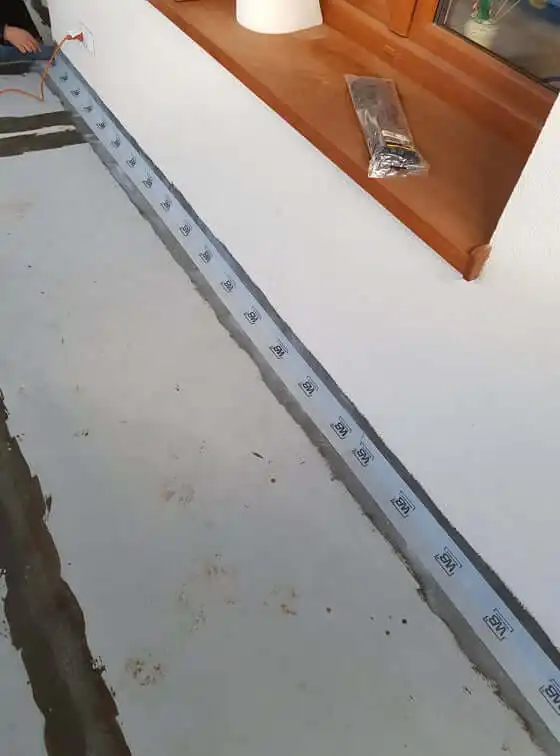
Proper waterproofing of a balcony - how should it be done?
If the substrate has already been primed and the WB TAPE PRO we can proceed with the waterproofing of the balcony. For this we need two different waterproofing systems: WB DUO FLEX as an adhesive for WB MEMBRANE and at the same time a waterproofing layer and WB 2K as the final layer to be applied after the surface has been covered with the material WB MEMBRANE.
Both insulations are characterised by their ease of application and good adhesion to the substrate. They form flexible coatings that are resistant to freezing and thawing cycles. They remain flexible even at very low temperatures.
WB MEMBRANE reinforces the substrate and improves its tightness in areas of very high water pressure. It has a hydrostatic pressure loading capacity of 0.5 MPa, a temperature resistance of - 30 °C to + 90 °C and a high tensile strength of up to 13 MPa. It withstands a water column pressure of 50 metres per square cm. Application WB MEMBRANE in both terrace and balcony systems guarantees airtightness for many years, even under extreme weather conditions. Traditional finishing materials such as tiles on glue, as well as ventilated systems such as slabs on feet and decking boards can be laid on top of such a systemically executed insulation.
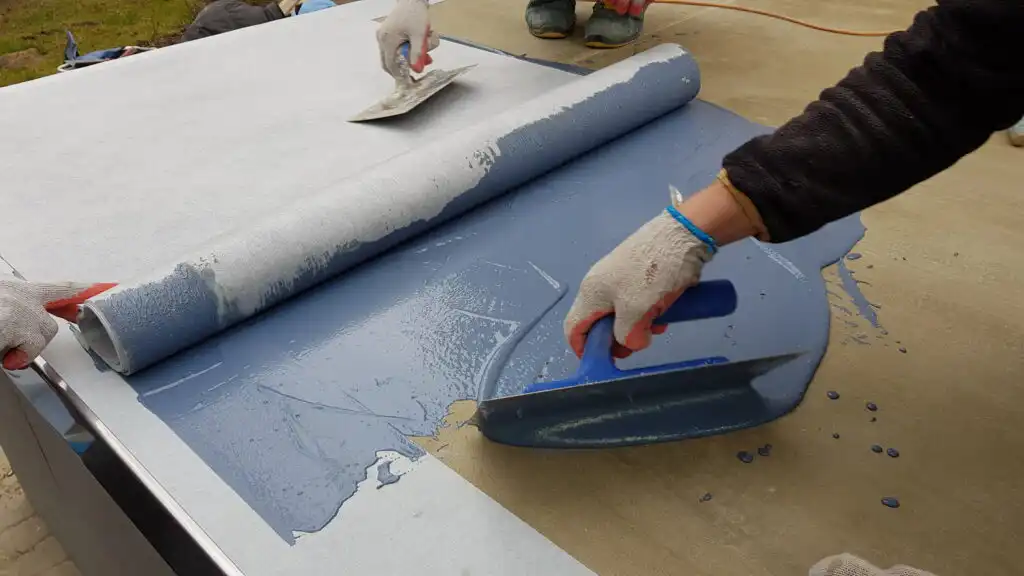
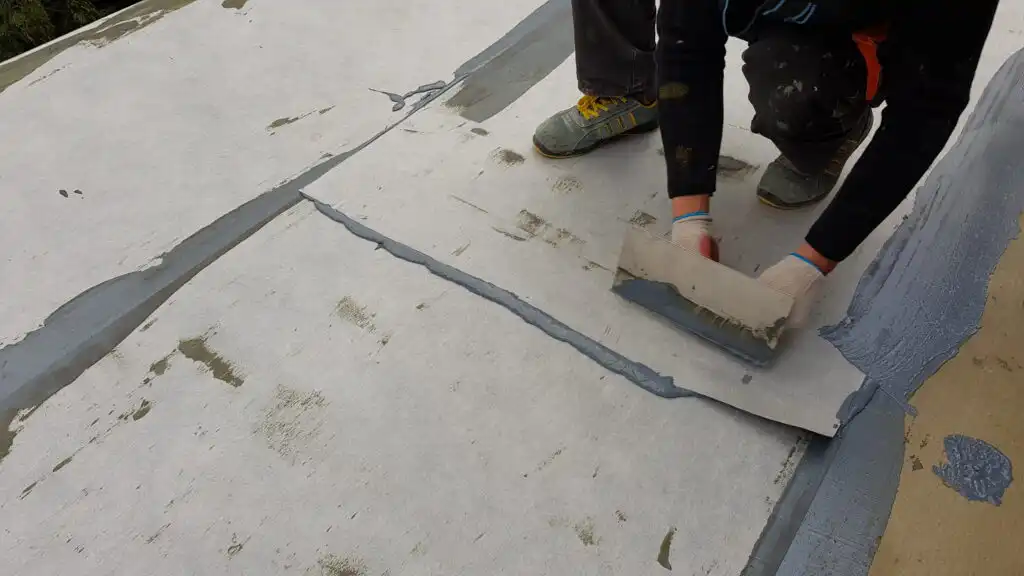
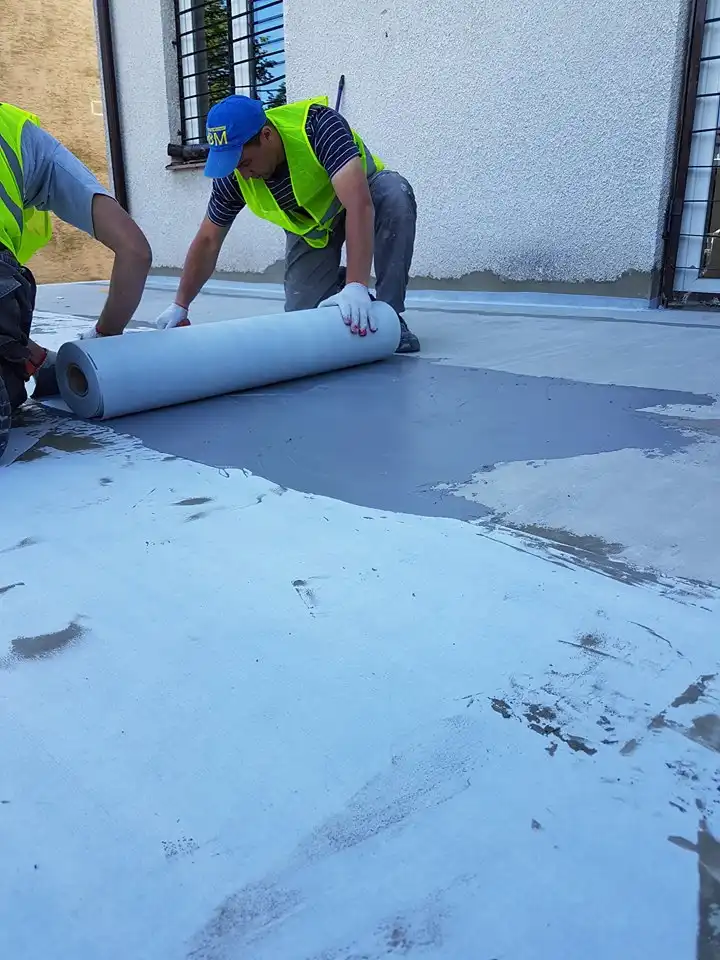
Instructional video
Sequence of work in waterproofing a balcony:
- Prepare a concrete slab with a slope. For this you can use material WB FAST FLOOR
- Prime the substrate with primer WB PRIMER
- Tape in the corners and at the joints with the drips WB TAPE PRO.
- Apply the waterproofing ( WB DUO FLEX - WB MEMBRANE - WB 2K )
- Use your preferred finish (tiles on glue, boards on adjustable feet or composite decking. Remember to use the correct adhesive and grout for bonding the tile cladding. WB FLEX GLUE and WB FUGE FLEX is an adhesive and grout designed for such demanding areas.
Materials needed:
-
 WB 2K Waterproofing366,54 zł
WB 2K Waterproofing366,54 zł -
 WB Duo Flex 10KG270,60 zł
WB Duo Flex 10KG270,60 zł -
 WB Fast Floor30,75 zł
WB Fast Floor30,75 zł -
 WB Membrane41,82 zł
WB Membrane41,82 zł -
 WB Primer Primer 2L55,35 zł
WB Primer Primer 2L55,35 zł -
 WB TAPE PRO18,82 zł
WB TAPE PRO18,82 zł
Consumption of materials in the balcony insulation process:
- Waterproofing WB Duo Flex 20 kg - sufficient for 13 to 15 m2
- Waterproofing WB Duo Flex 10 kg - Sufficient for 6.5 to 7.5 m2
- Waterproofing WB 2k - Sufficient for 10 to 12 m2
To balcony finishes:
-
 WB Dilatation50,43 zł
WB Dilatation50,43 zł -
 WB Grout Flex88,56 zł
WB Grout Flex88,56 zł -
 WB Flex Glue67,65 zł
WB Flex Glue67,65 zł
As a finishing touch, you can use solutions with traditional bonded tiles or choose a modern ventilated balcony system - slabs on adjustable feet or composite decking.


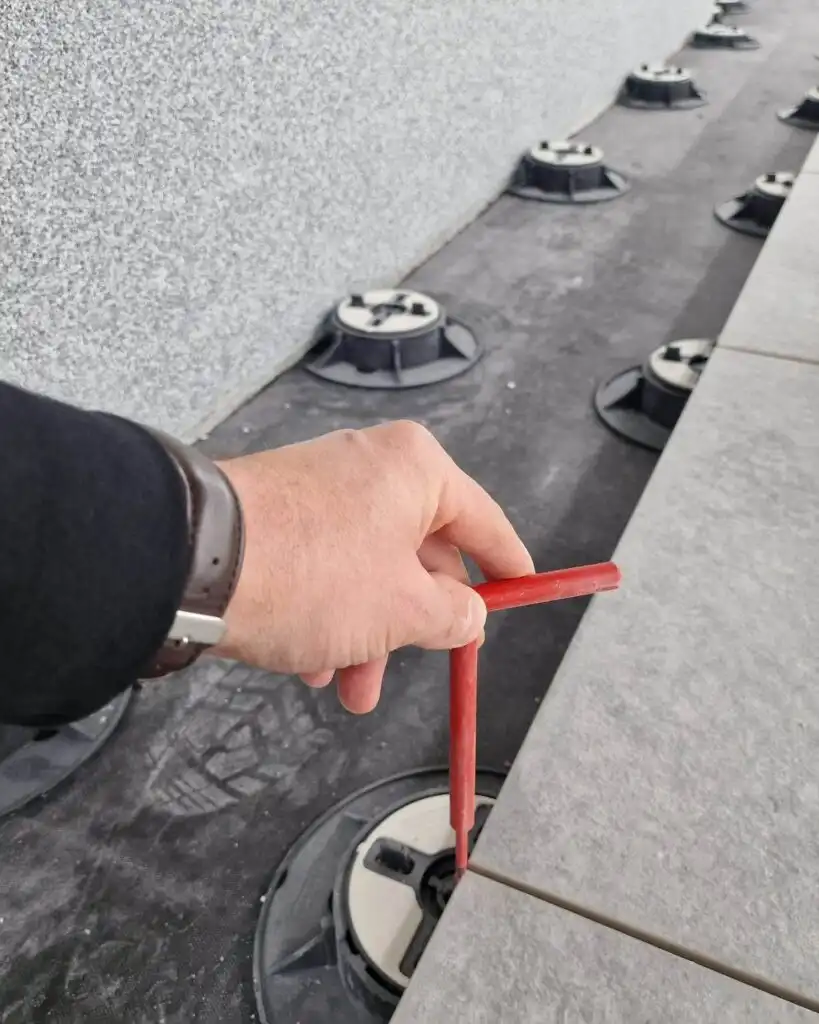
-
 WB S line16,00 zł – 27,50 zł
WB S line16,00 zł – 27,50 zł -
 WB S PLUS line23,00 zł – 32,00 zł
WB S PLUS line23,00 zł – 32,00 zł -
 WB S ECO line15,00 zł – 26,49 zł
WB S ECO line15,00 zł – 26,49 zł
Remember!
If you are not sure how much material you need for your balcony, you can always use our help. Write or call our technical department.

